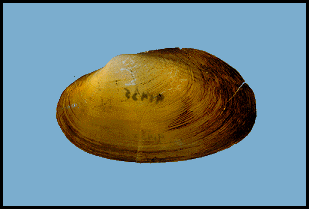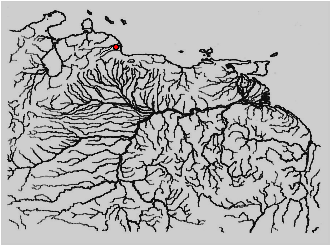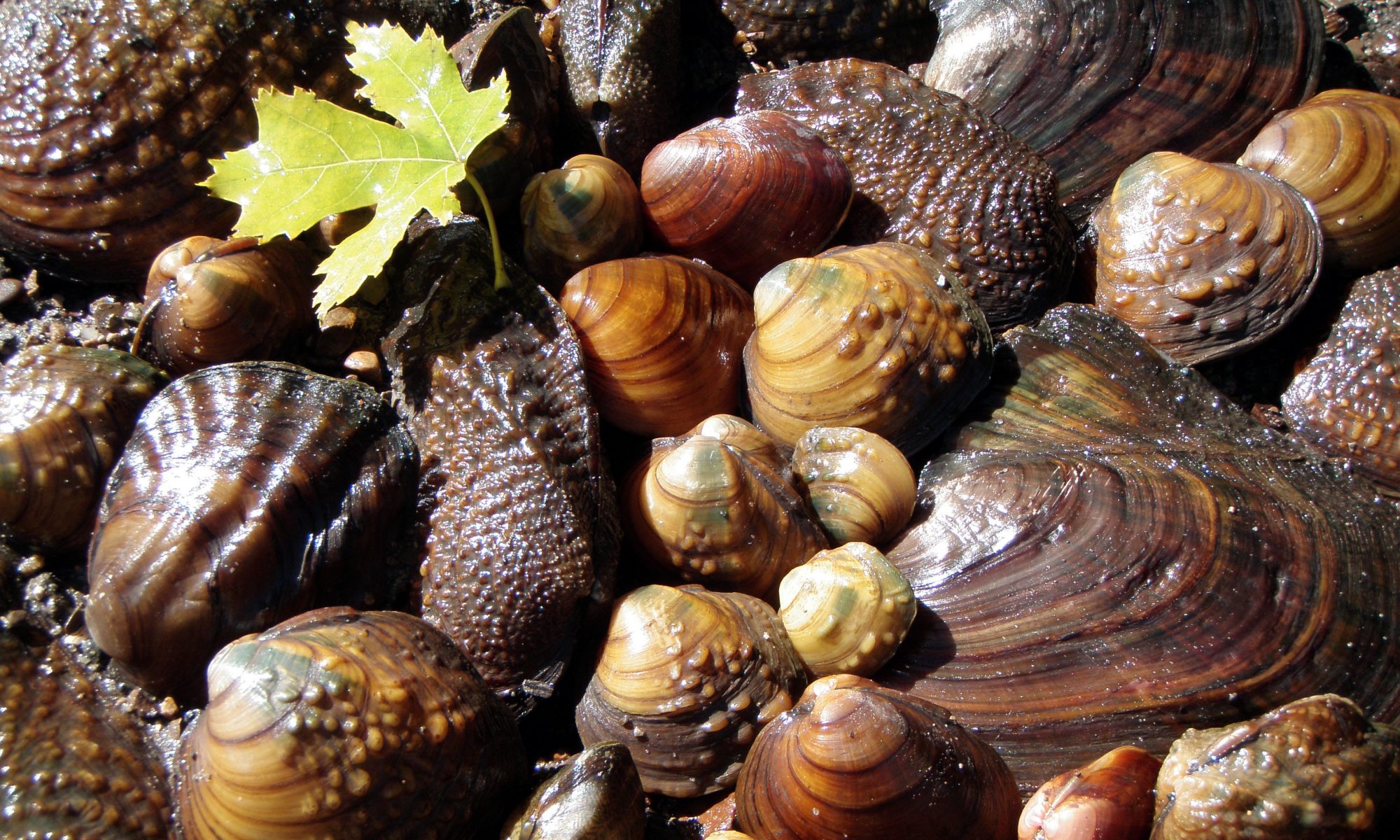H.B. Baker, 1930


Original Description: Anodontites infossus Baker, H.B. 1930. The Mollusca collected by the University of Michigan-Williamson Expedition in Venezuela. VI. Occasional Papers of the Museum of Zoology, University of Michigan. No. 210. 1-81 + 7 plates.
Type Locality: Caño Minapam, a tributary of Rio Aroa near Palma Sola, Yaracuy, Venezuela. (A 10° 38′, 68° 31′ see Baker 1930 p. 77).
Holotype: UMMZ 112619 not UMMZ 112621 as listed by Johnson (1979:32). The holotype and paratypes of this species appear to have been catalogued under the wrong name (Anodontities aroanus H.B. Baker, 1930).
Paratypes: UMMZ 112620 (labeled co-types). ANSP 147732. [CM?] 61.97; Acc. No. 19950 [??].
Synonymy:
- Anodontites infossus H.B. Baker, 1930
- Baker, 1930:??. look up Haas 1966.
Description: “Shell long rhomboid, quite thin and very fragile (usually breaking when dried), somewhat convex; ventral evenly curved; anterior end narrowly rounded; posterior higher and sloping obliquely from just behind ligament to posterior point of escutcheon, where it forms a slight projection. Beaks: near end of anterior third; small but moderately full and elevated; hooked so as to touch above hinge line. Exterior: epidermis silvery at beaks, shading onto light olive-green toward ventral margin and still darker tints at ends of shell; sculpture similar to but much weaker than that usual in the crispatus group; growth lines mainly very weak, but produced into appressed, epidermal lamellae on posterior slope, and, to a lesser extent, near ventral margin and anterior end. Interior: nacre thin, with purplish iridescence and with shallow but distinct radial striations; adductor scars scarcely impressed; pallial line weak; sinulus shallow; prismatic border broad. Hinge: weak and almost straight; ligament quite long and exposed; lunule narrow but distinct.
A. infossus appears to be quite closely related to A. tortilis and may be only a local form of that species, but is a more elongate shell with straighter hinge and much weaker sculpture. Although the festooned wrinkles of the group of A. crispatus are visible, under a lens, just below the beaks, most of the shell is weakly marked with radially arranged series of short, almost straight, horizontal lines. In shape, A. infossus is somewhat closer to A. irisans Marshall, but seems to be a much thinner and narrower shell with more prominent beaks, which are father from the anterior end.” (Baker, 1930:67-68).
Specimens Examined: UMMZ 112619 (Holotype). Caño Minapam, Palma Sola, [Yaracuy], Venezuela. [4- 10 March, 1920]. H.B. Baker. UMMZ 112620 (7 paratypes). Caño Minapam, Palma Sola, [Yaracuy], Venezuela. [4- 10 March, 1920]. H.B. Baker. ANSP 147732 (4). Caño Minapam, Palma Sola, [Yaracuy], Venezuela. [4- 10 March, 1920]. H.B. Baker. UMMZ 48007 (6). Caño Minapam, Palma Sola, [Yaracuy], Venezuela. [4- 10 March, 1920]. H.B. Baker. FMNH 52220 (1). Calzados [=La Calzadas?], Barinas, Venezuela. pre-1954. Soc. La Salle, Caracas.

